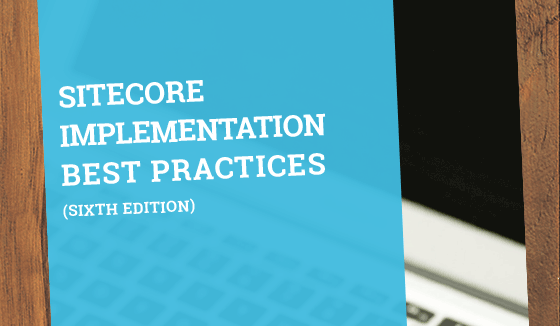When applying Scrum in our projects, one of our core ceremonies (aka ‘meetings’) is backlog refinement. In this ceremony, we prepare the backlog for the upcoming sprint planning session. We order stories by priority or dependencies. Additionally, we estimate the time required to complete each story, which saves time in the sprint planning session.
As with all Scrum ceremonies, it’s worth being mindful of the best way to make backlog refinement sessions as efficient and effective as possible. With that in mind, there are four top objectives we like to get from our backlog refinement sessions:
-
Order the stories in the backlog based on priorities and dependencies.
-
Ensure the team fully understands what they’ll be doing in the next sprint.
-
Provide project visibility for the next two sprints.
-
Make a list of questions to be solved for the sprint planning or next backlog refinement.
In more detail...
1. Order the stories in the backlog based on priorities and dependencies
This is the basic goal of backlog refinement. The outcome of the meeting is an ordered list of stories (based on priority and dependencies) ready to be used in the next sprint planning. At a minimum, the requirements for the top stories should be clearly defined, along with acceptance criteria, and an estimate.
2. Ensure the team fully understands what they’ll be doing in the next sprint
Because each story will be reviewed during this session, it’s a good time to make sure each team member understands what is required for each story. Be careful not to focus on how the story will be solved; the goal is to make sure the team understands the business requirement and the value of the story. This will be our initial team commitment for the next sprint’s work.
3. Provide project visibility for the next two sprints
By having an ordered backlog with estimates — and knowing the team velocity — the team will be able to have a basic prediction on what tasks will be worked on during the following two sprints. This will help the product owner manage expectations on the business side and provide some predictability for the project.
4. Make a list of questions to be solved for the sprint planning or next backlog refinement
One of the oft-overlooked items we get from the backlog refinement session are the questions we obtain from the team. The questions can be given to the product owner so the team can receive clarifications by the next backlog refinement. These answers are useful to improve the story definitions.
While these goals may seem simple, they are vital for productive backlog refinement ceremonies — and successful projects.


